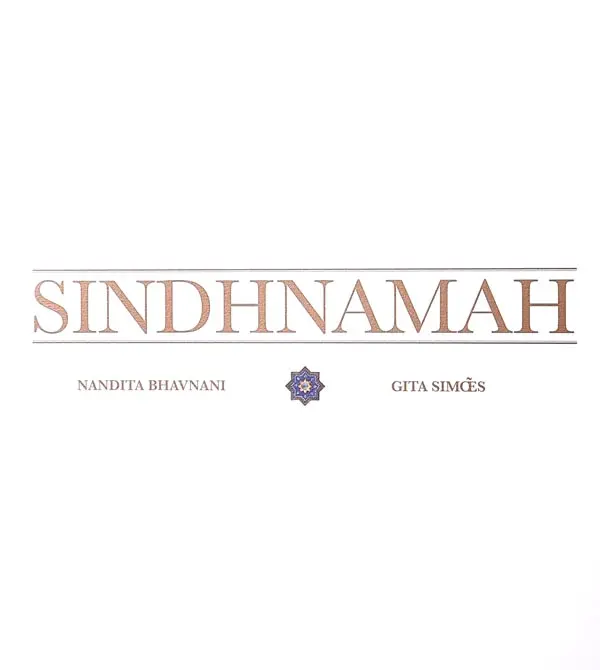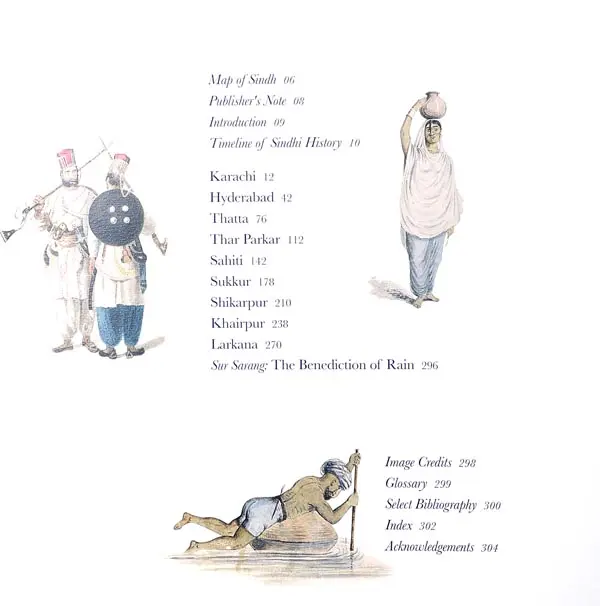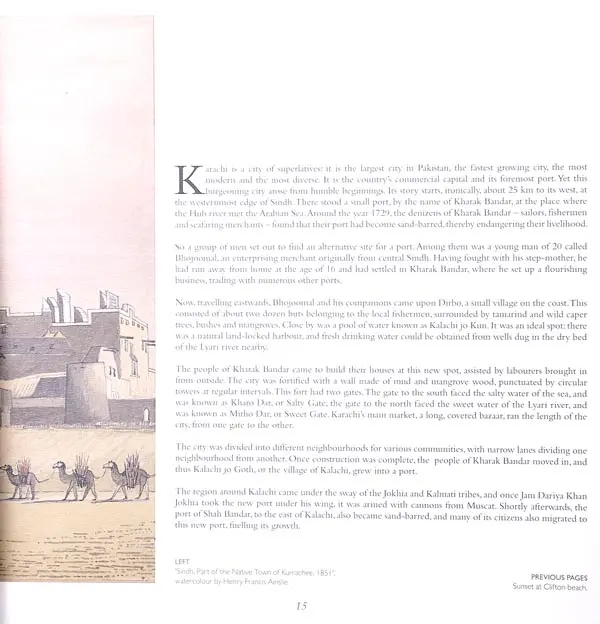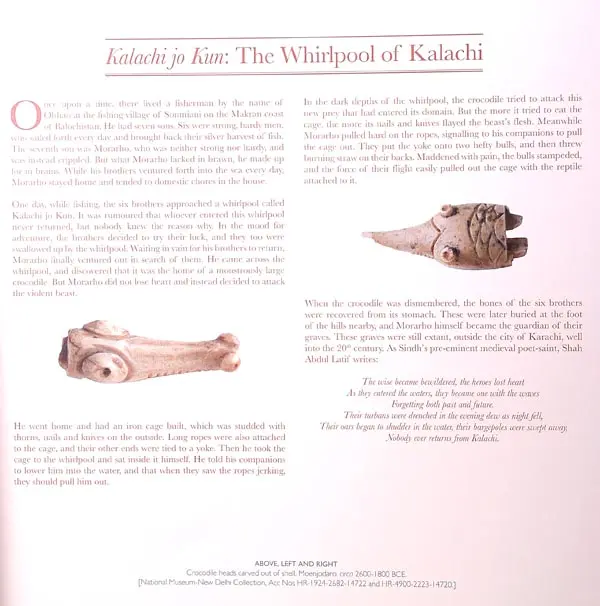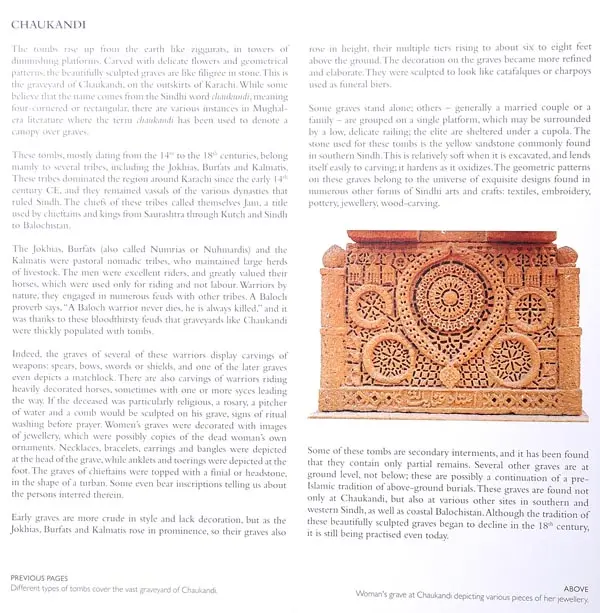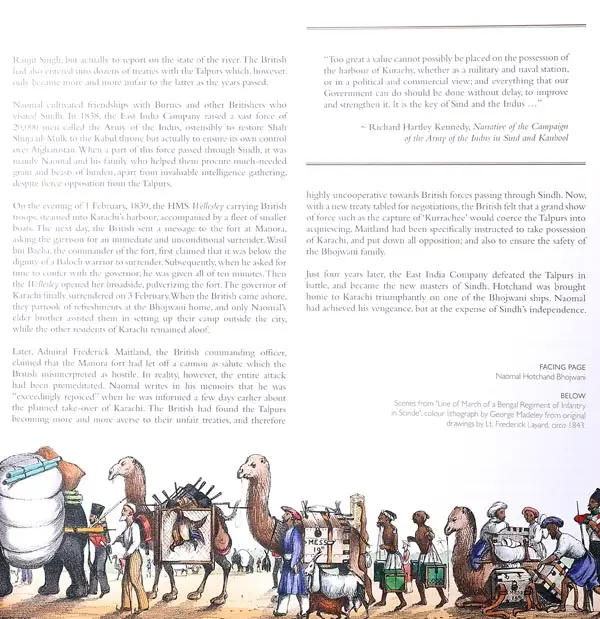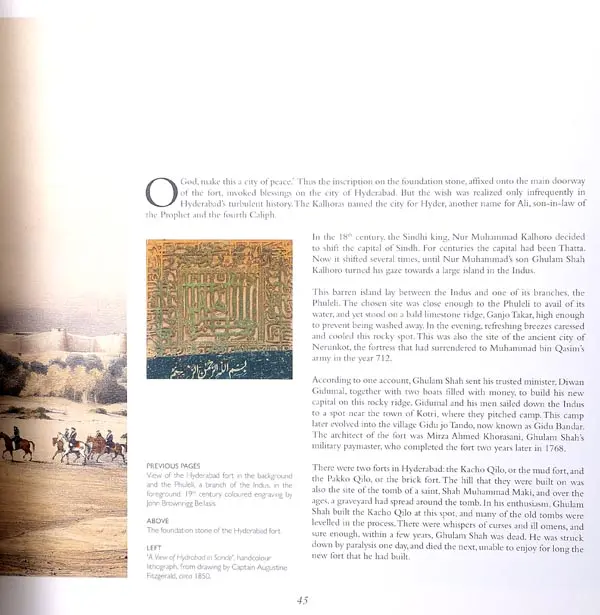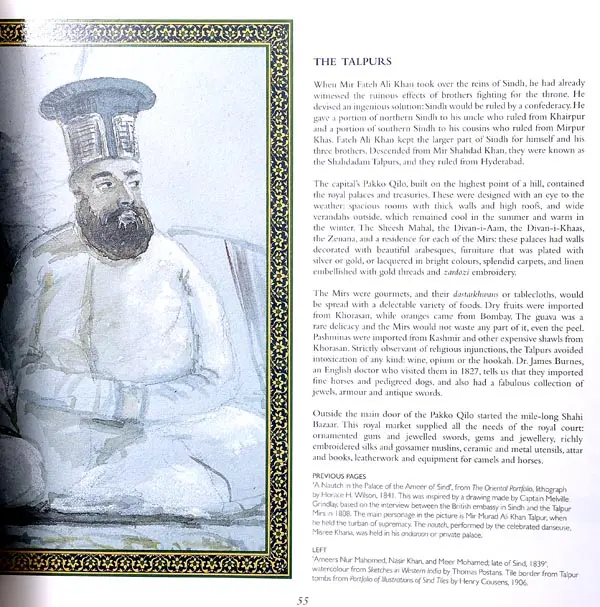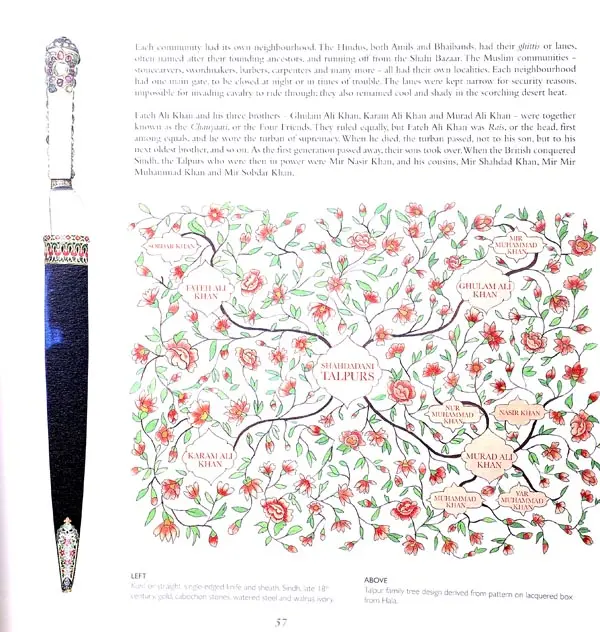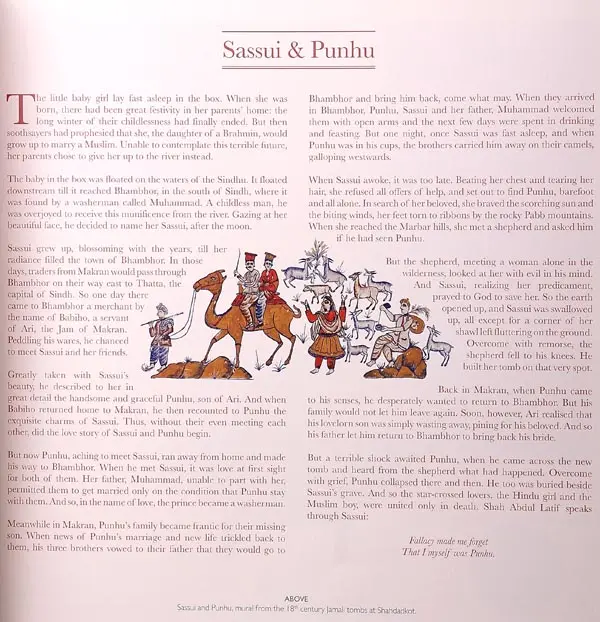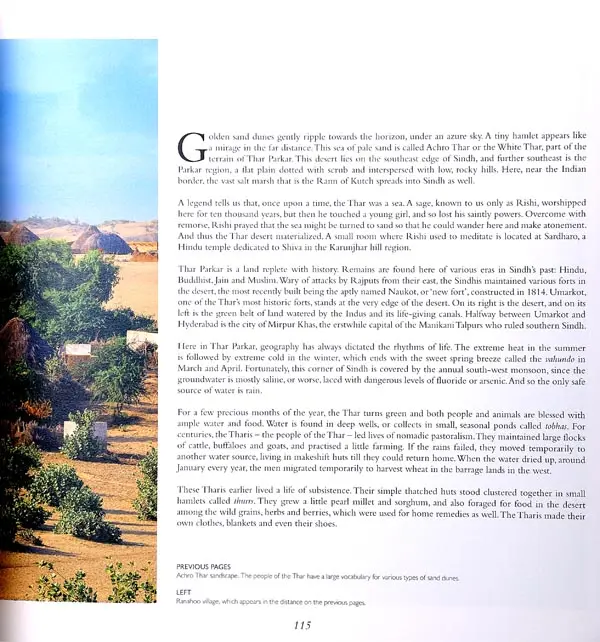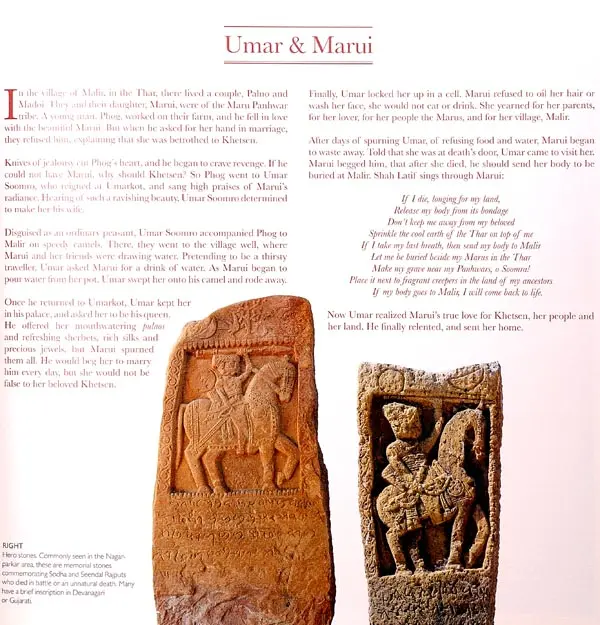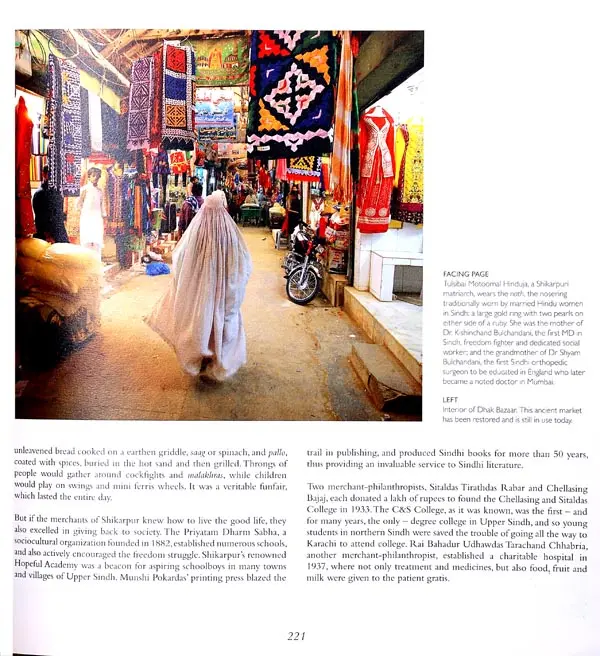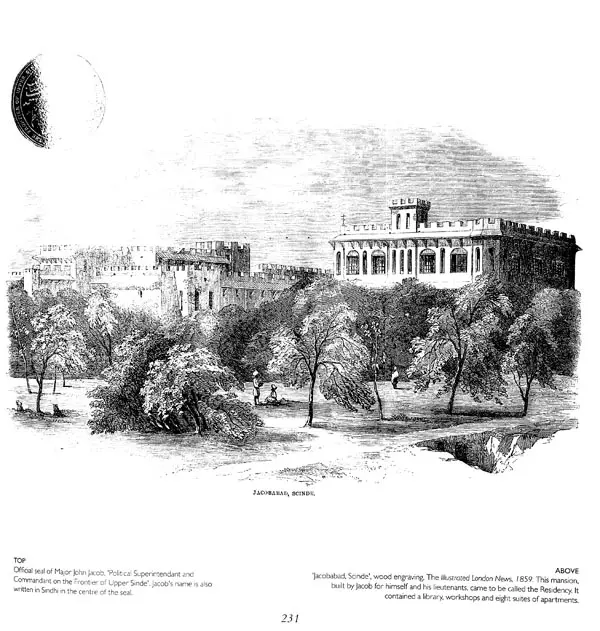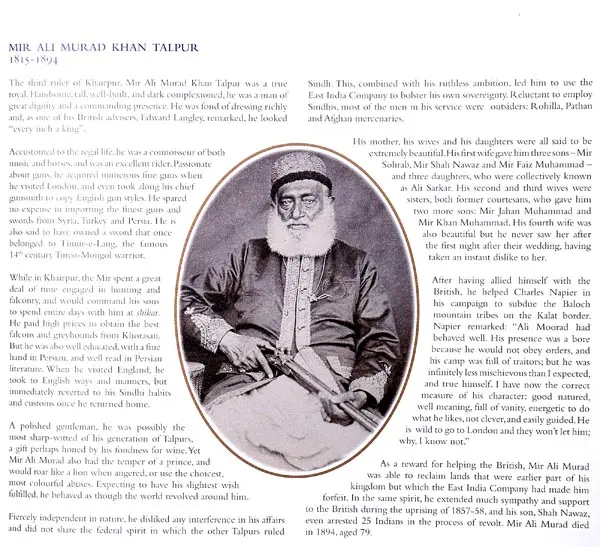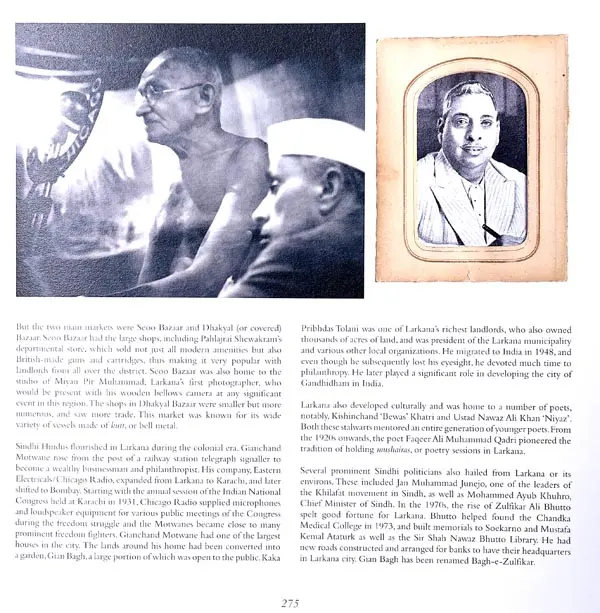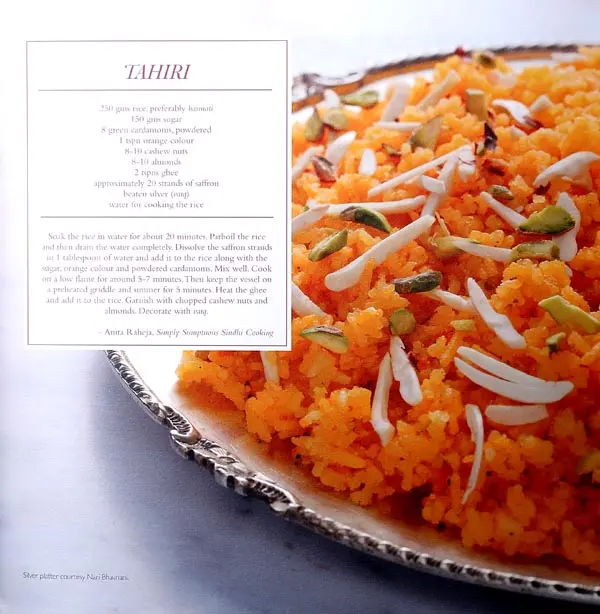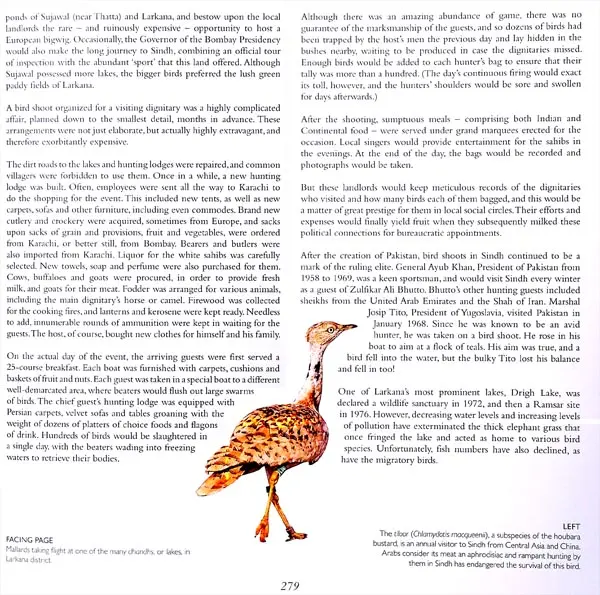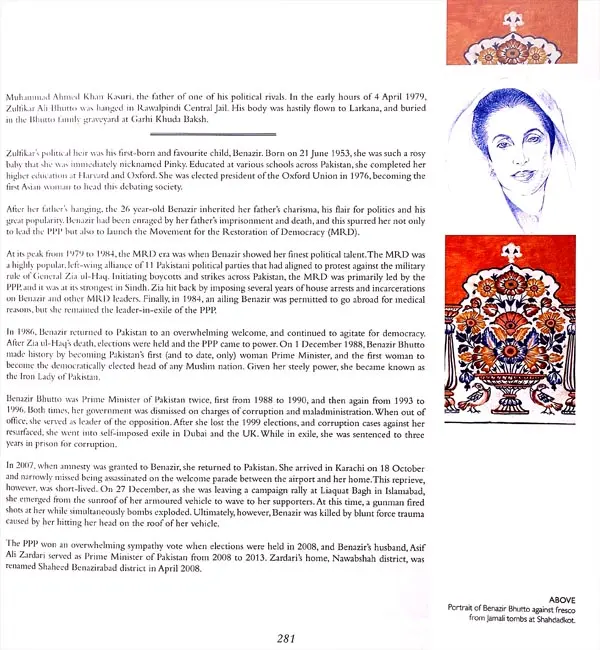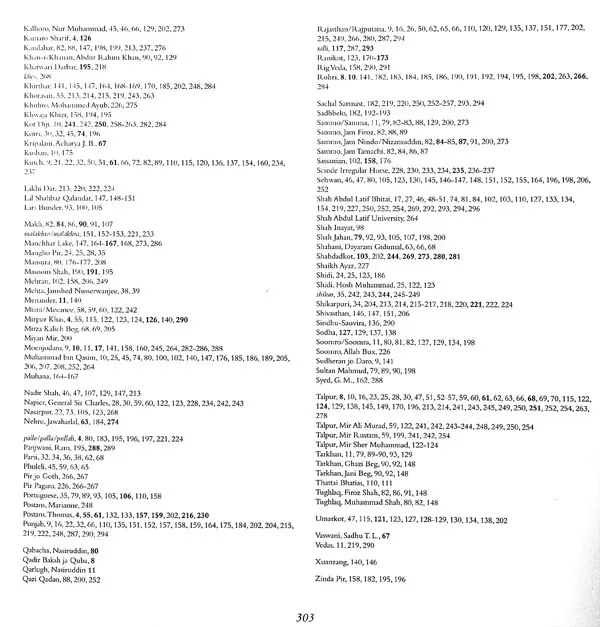
Sindhnamah
Book Specification
| Item Code: | UAO337 |
| Author: | Nandita Bhavani and Gita Simoes |
| Publisher: | The Hecar Foundation |
| Language: | English |
| Edition: | 2018 |
| ISBN: | 9788192819020 |
| Pages: | 304 (Color and B/W Illustrations) |
| Cover: | HARDCOVER |
| Other Details | 12.00 X 12.00 inch |
| Weight | 2.86 kg |
Book Description
Located at the western corner of the Indian subcontinent, Sindh was crisscrossed for centuries by traders and invaders, monks and missionaries. While it was India's gateway to the West, it was also the Caliphates portal to India and the East. On the one hand, it was greatly influenced by its neighbours: Kutch, Rajasthan, Punjab and Balochistan. On the other hand, the Arabian Sea and the Bolan Pass provided Sindl with access and linkages to other, distant cities and civilizations This constant traffic ultimately served to enrich numerous aspects of Sindh-its history, culture, Language and religions, to name only a few. I believe that this also helped foster the culture of flexibility and acceptance for which Sindh is famous. Sindh has been the crucible of a rich tradition of Sufism: home to a relaxed version of Hinduism, a lenient form of Islam, and the gentle Sikhiun of Guru Nanak. Today, while the people of Sindh face a host of socio-economic, political and environmental issues, while the Sufi culture of Sindh is under threat, it is of vital importance to not only document but also to celebrate the compassionate spirit of humanism and the many splendours of this beautiful land.
In days of yore, Sindh was much larger than its borders suggest today. Various ancient texts-the Chachnamah,Jain manuscripts, the writings of Ibn Battuta, for example-speak of a Greater Sindh, as it were, whose borders sometimes included parts of present-day Punjab, Balochistan and/or Kutch.
Today, if the geopolitical contours of Sindh have narrowed, so have notions of Sindhi culture, history and identity on both sides of the border. In India, separated from the land of their ancestors, many Sindhis are only dimly aware of their substantial cultural and historical heritage. In Pakistan, the non-Muslim aspects of Sindhi history may not be widely recalled. Sindlamah seeks to bridge these gaps; it seeks to enable all Sindhis to celebrate their history, heritage and identity. I also hope that this book will be an attractive gateway to Sindh for other readers interested in this part of the world.
Book's Contents and Sample Pages
